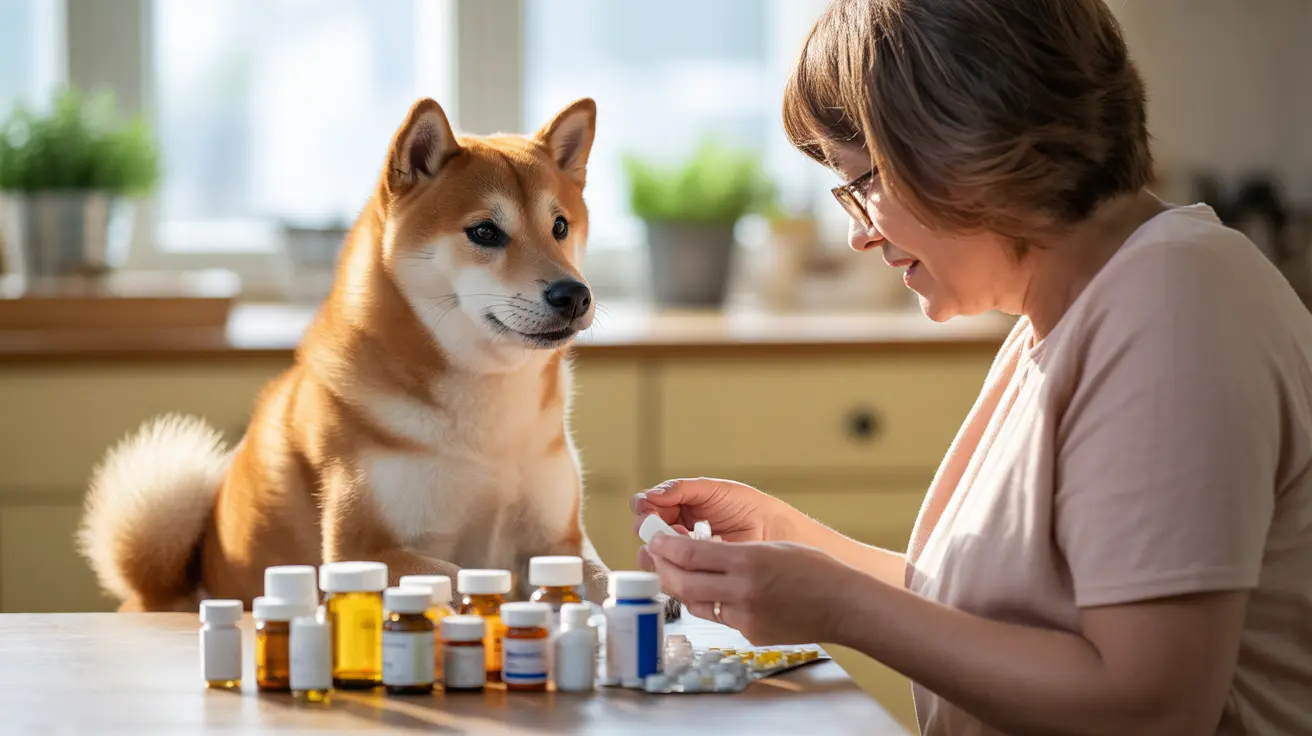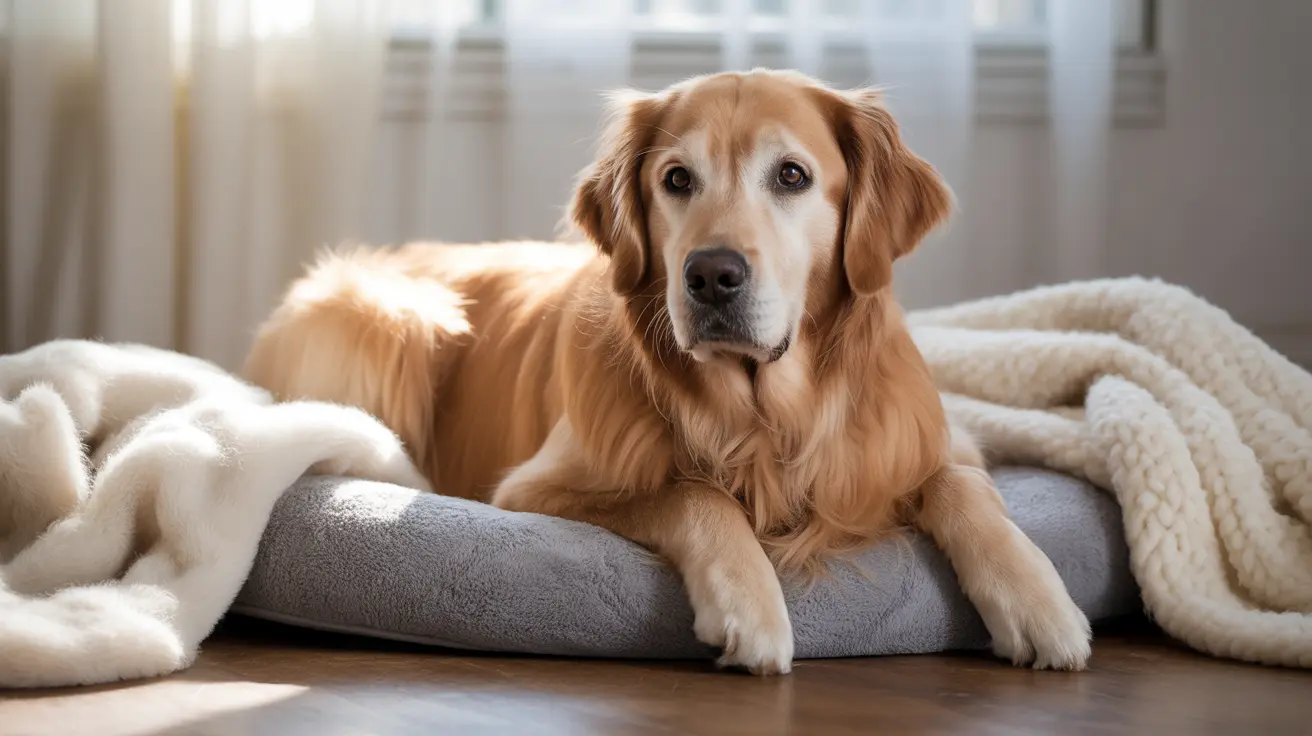Understanding Benzodiazepines and Their Use in Dogs
Benzodiazepines work by enhancing the effects of GABA, a natural calming neurotransmitter in the brain. Common medications in this class include Valium (diazepam), Xanax (alprazolam), and Ativan (lorazepam). These medications are prescribed for various conditions, including:
- Acute anxiety situations (thunderstorms, fireworks)
- Seizure management
- Muscle spasm treatment
- Pre-surgical sedation
Safe Administration and Dosing Guidelines
Proper dosing of benzodiazepines is critical for your dog's safety. These medications should only be given under direct veterinary supervision, as dosages vary significantly based on:
- Your dog's size and weight
- The specific condition being treated
- Your pet's overall health status
- Potential interactions with other medications
Recognizing Signs of Benzodiazepine Toxicity
Benzodiazepine toxicity can occur through accidental ingestion or improper dosing. Signs typically appear within an hour and may include:
- Severe drowsiness or sedation
- Uncoordinated movement (ataxia)
- Confusion and disorientation
- Decreased body temperature
- Paradoxical excitement or aggression
- Respiratory depression
Emergency Response to Benzodiazepine Overdose
If you suspect your dog has ingested excess benzodiazepines, immediate action is crucial:
- Contact your veterinarian or emergency animal hospital immediately
- Don't induce vomiting unless specifically instructed
- Document the type and amount of medication involved
- Keep your dog warm and monitored while seeking care
Prevention and Safety Measures
Preventing benzodiazepine toxicity involves several key practices:
- Store all medications securely out of pet reach
- Never share human medications with pets
- Follow veterinary dosing instructions precisely
- Keep emergency contact numbers readily available
- Dispose of unused medications properly
Frequently Asked Questions
What are benzodiazepines used for in dogs and how do they help with anxiety and seizures?
Benzodiazepines help dogs by enhancing GABA activity in the brain, which produces a calming effect. They're particularly effective for acute anxiety situations and can help stop active seizures. These medications work quickly to provide relief from severe anxiety and can prevent seizure activity.
What are the signs of benzodiazepine toxicity in dogs and how quickly do they appear?
Signs of toxicity typically appear within 30-60 minutes of ingestion. Common symptoms include extreme sedation, loss of coordination, confusion, decreased body temperature, and sometimes paradoxical excitement. In severe cases, respiratory depression may occur.
What should I do if my dog accidentally ingests benzodiazepines or shows symptoms of an overdose?
Immediately contact your veterinarian or an emergency animal hospital. Don't attempt home treatment or induced vomiting without professional guidance. Note the type and amount of medication involved, and keep your dog warm and monitored while seeking emergency care.
How do veterinarians treat benzodiazepine poisoning in dogs, and what is the prognosis?
Treatment typically involves decontamination procedures, supportive care, and monitoring. This may include IV fluids, activated charcoal, and respiratory support if needed. With prompt treatment, most dogs recover well, though severe cases can be serious or fatal.
How can I safely give benzodiazepines to my dog and prevent accidental ingestion or overdose?
Only administer benzodiazepines under veterinary supervision, following prescribed dosages exactly. Store medications securely, keep them in original containers, and never give human medications to pets. Maintain accurate records of administration times and doses.
Remember, while benzodiazepines can be valuable tools in veterinary medicine, they require careful handling and administration. Always consult with your veterinarian about proper usage and safety protocols for your specific pet's needs.






